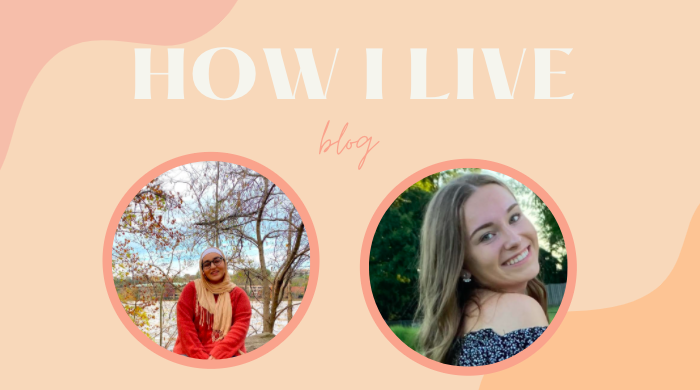Last week, the arts, science, and economics cohorts came together for a film viewing and conversation with director and WLP alum Meghan Shea. The film, How I Live, chronicles the lives of four families navigating childhood cancer diagnoses in countries where accessing treatment comes with many hurdles and survival rates are low. Read on to hear students’ thoughts about the power of film and potential interventions to address these complex problems.
“The symposium with Meghan Shea and her team, featuring the film How I Live about inequity in childhood cancer, was incredibly moving and thought-provoking. The film was very effective at getting its audience to feel a sliver of what the children featured in the film were experiencing. It allowed us as an audience to get a little bit of a firsthand perspective of what it is like to have childhood cancer, and how it affects patients and their families. Instead of just listing the obstacles these families face to acquire healthcare, as a news article or research paper would, the film actively showed the audience exactly what these families had to overcome, as well as how they did so. It allowed us to put faces to the cases numbers and humanized the issue to a much larger extent than a written piece would. The film also did a great job of showcasing many of the global issues that the United Nations Sustainable Development Goals aim to address. Goal 1 of “No Poverty” was showcased when it was revealed that one child’s father only made $45 a month, and another child's father had to work in illegal poppy harvesting to pay back the debt her family had accumulated from medical bills. Goal 3 of “Good Health and Well-being” is showcased throughout the entire film, with its clear focus on the lives of children with cancer and their health.” - Salma Heram
“After watching the film, we were challenged to design an intervention to address a barrier in treating childhood cancer. I would create a subdivision of the United Nations dedicated to helping countries create a strong foundation for their health care system, with representatives from each of the members’ health and human service departments. This would include programs focused on vaccination and health screenings. Another significant component would be the development of a health education system. It would be taught in schools and villages, and would cover the basics of nutrition, health hygiene, and the importance of health care. Parents would also be taught common symptoms of childhood cancer so they could be on the lookout for these signs. One part of this plan that I believe would help address the lack of accessibility to healthcare providers, which is a major barrier in treating childhood cancer, is the exchange program. The exchange program would bring clinicians from the UN representative’s country to train health care providers in countries with need. They would teach them how to perform basic health care, such as administering tests for diseases, vaccines, and yearly check-ups, especially for children. A major part of the screenings for children would be focused on looking for childhood cancer even without sophisticated imaging machines. I would like the UN representatives and their health care teams to stay in their country until they see the health care system functioning well, and they would also be responsible for securing aid for their country and ensuring they have all the necessary equipment to keep their health care system functioning. This is an extremely ambitious intervention, but I think if it is feasible, it would greatly help treat childhood cancer. It would help address significant barriers such as lack of information about cancer, lack of accessibility to health care, and lack of basic health care. More importantly, this intervention is not people coming in and telling countries what they need. It works with them to create a system that is sustainable in their country. Like Amanda Andere said at last week’s symposium on social change, you have to work with the people you are serving. I think this intervention would help work with these countries to help address barriers of childhood cancer and improve the overall health of their citizens.” - Dana Woodruff


